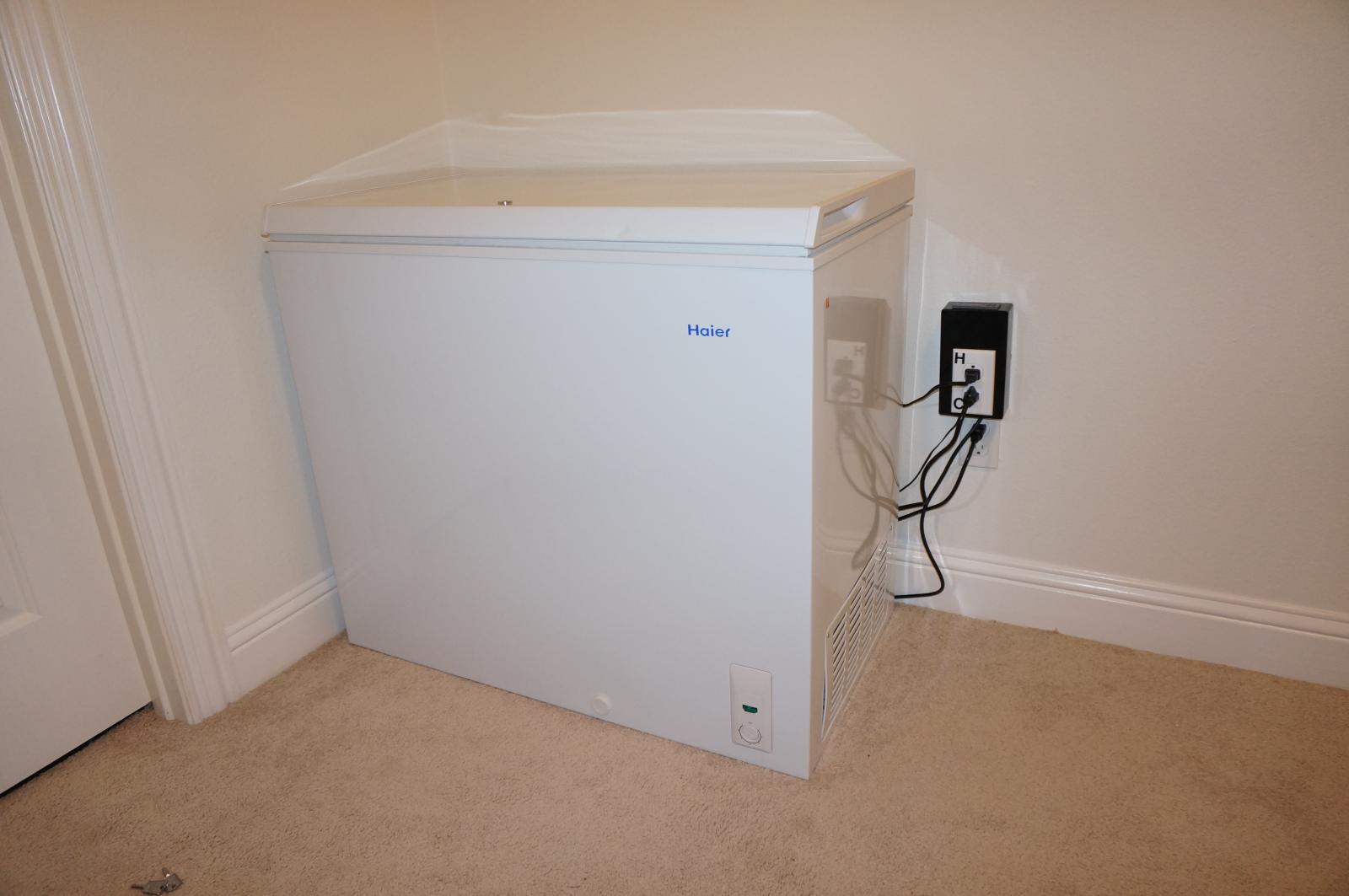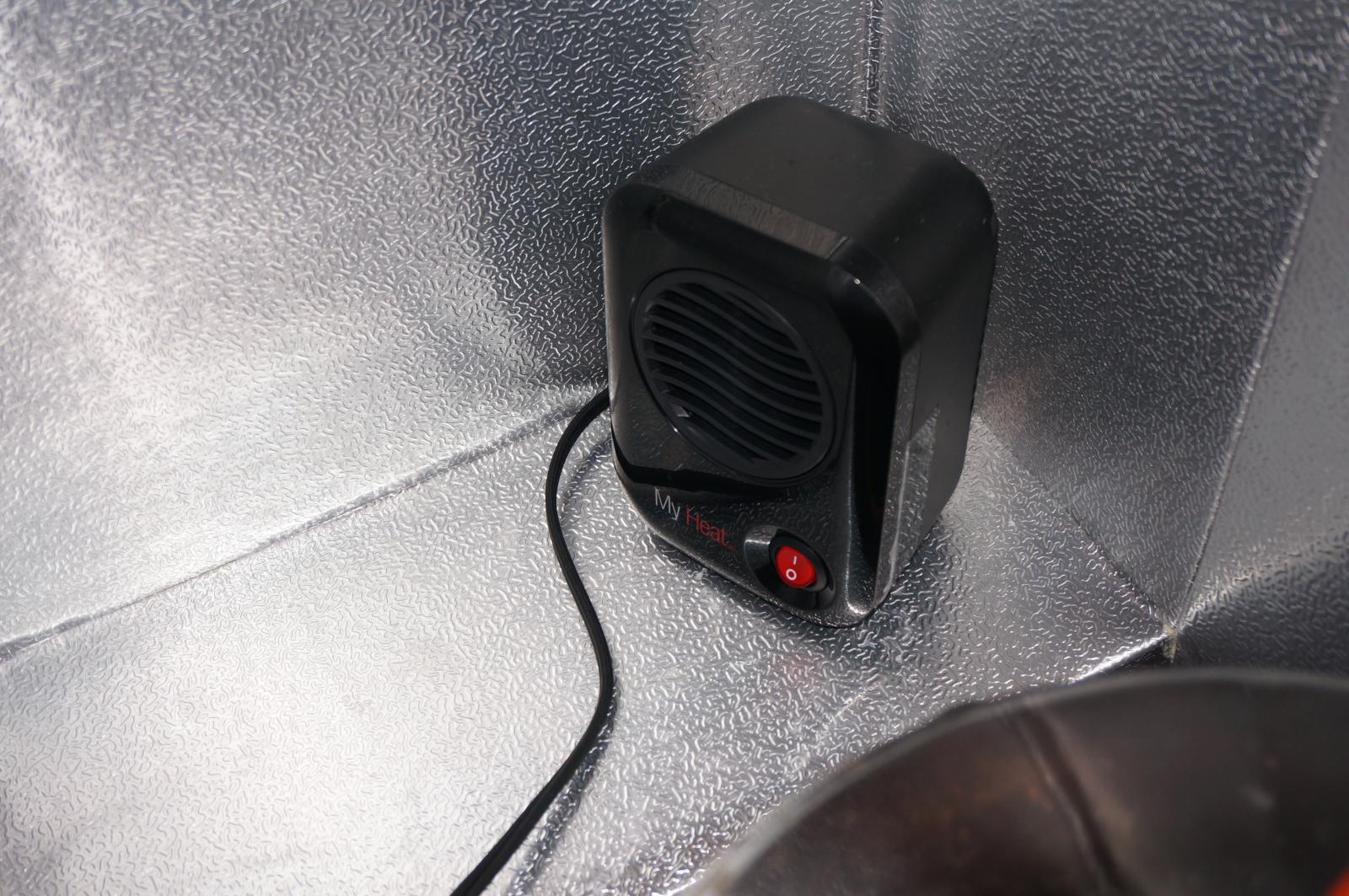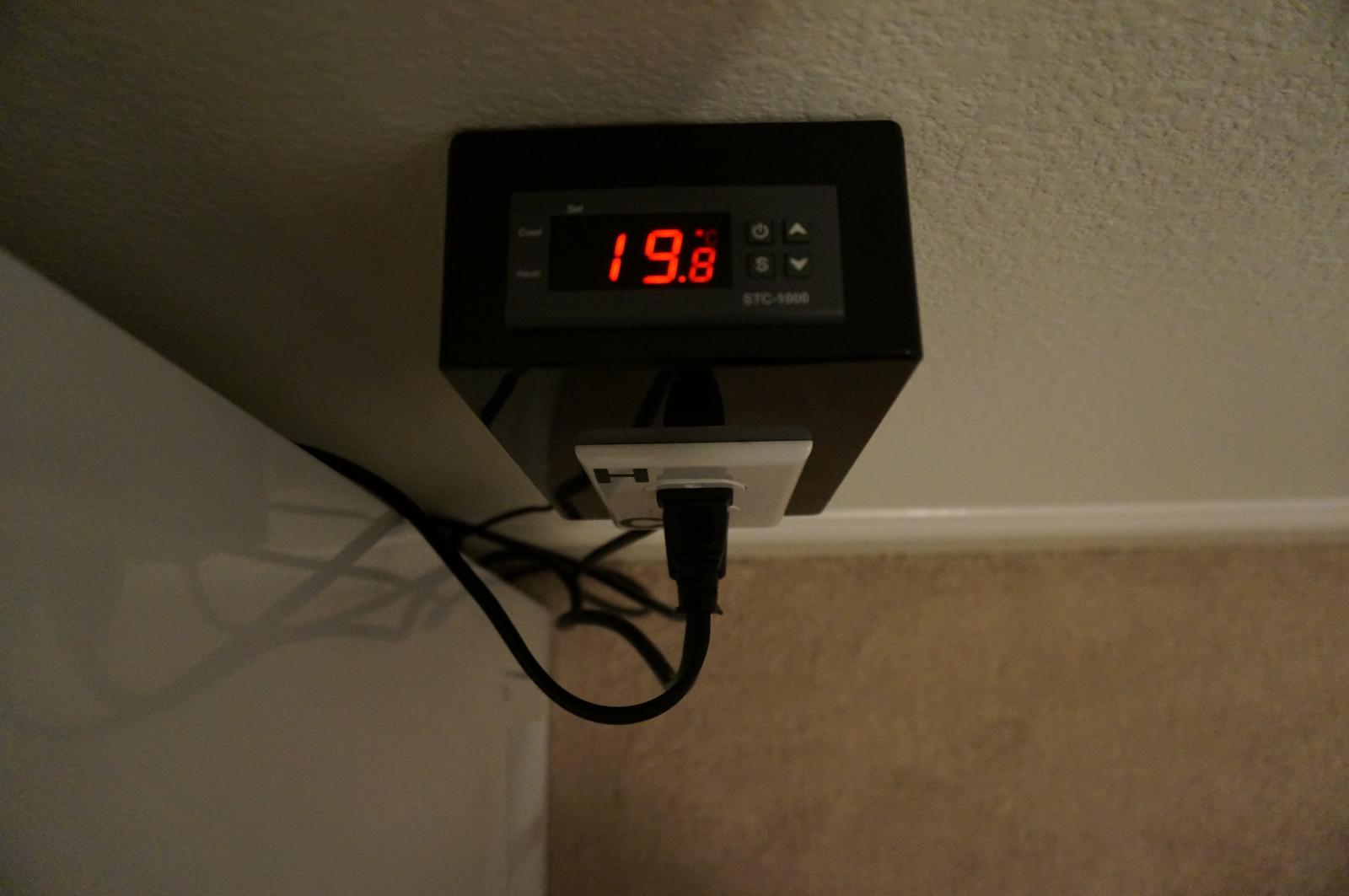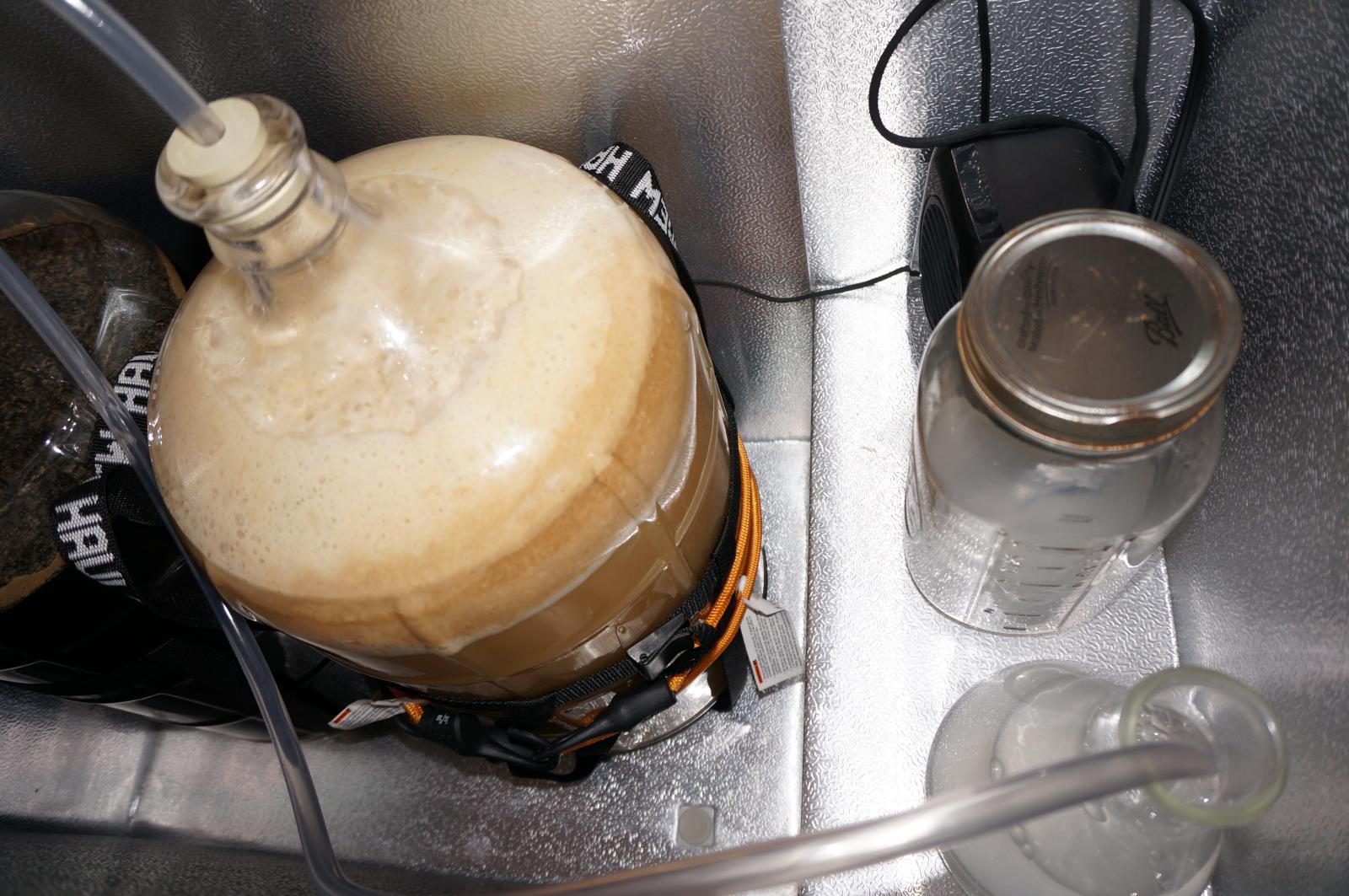It depends on what you mean by "problems". Will it be the same as if you had the temp "locked down" at say 68F? No, it won't. Generally you'll get more estry by products the warmer you ferment. It may be what you want, or not.
In my limited experience with temperature experiments, in general if the ambient temperature is within the temperature range tolerance of the yeast, you don't (or at least I never have) get issues with "bad" fermentation byproducts. Even if the fermentation itself pushes the temp above the range.
That said, more estry may not be what you are looking for, in which case this is a bad thing. I've done lagers in the low 60's with just ambient brewing (using S-23) and the resulting beer was just fine. It was not quite as clean as I would have really loved, I could notice a bit of estriness, but it was mild. I've done ales in the mid-70's and they also turned out okay, but it isn't necessarily "the best" depending on the style of beer you are brewing.
Part of why I finally converted a mini fridge and built a temp controller so I could properly control the temps of my fermentation to better hit the exact style and results I am looking for (primary reason is so I can really do lagers now).
Just using a stick on thermometer, I've never noticed temps spike 10F above ambient (maybe one stuck down in would be slightly more accurate, but I can't think it would be by a whole lot). The most I've seen is around 3-4F during the most active period of fermentation. That said, my fermenters sit on my concrete slab. Generally ambient might be (in the winter time) 66F in my basement, slab temperature of 63F and I might see 66-67F during the most active part of fermentation with most of my beers according to the stick on thermometer. In the summer time it tends to go a little higher than that (maybe because the warmer temps mean more active fermentation?) where it might be 72F on the slab, 75F ambient and I might see 77-78F temps during the most active parts of fermentation.
I have deffinitely experienced "too cold to ferment" because of this though.
Two of the three times I've used Windsor ale yeast were this past fall when my basement and slab had already reached "winter" temps (it was mid-November and early December when I brewed with it). 63F slab temp mind you. Temp range is supposedly 64-70F on Windsor. Both brews ended up having incomplete fermentation. I just thought that the yeast somewhat underattenuated both times, because it wasn't terribly far under what I would have expected as the attenuation range. Both beers carbed up fine at first, but after around 4 weeks, both massively overshot their carbonation. At a guess, around 5-6 volumes for one and around 4 volumes for the other.
Doesn't take much extra fermentable sugars. I bottled both after 2 weeks and 10 days in the fermenter and as near as I could tell gravity had stabalized.
I just think it either needed to be fermented slightly warmer, especially at the end of fermentation or given an extra week or two. Or a bit of both.
The perils of fermenting below the temperature range (I pitched both at 78F and let natural heat loss bring the temps down, which took maybe 6-8hrs to hit about 65F with active fermentation being noticable at that point as well). So it probably "self warmed" enough to keep it in the proper range, but when active fermentation died down it ended up getting "too cold" and the yeast went dormant.
Especially since my thermostat runs at 66F during the day time in my basement, but 63F at night, the slab doesn't heat up or cool off very fast, but it still might have been enough to push the slab temp from 63F down to 62F each night.

































![Craft A Brew - Safale S-04 Dry Yeast - Fermentis - English Ale Dry Yeast - For English and American Ales and Hard Apple Ciders - Ingredients for Home Brewing - Beer Making Supplies - [1 Pack]](https://m.media-amazon.com/images/I/41fVGNh6JfL._SL500_.jpg)


























